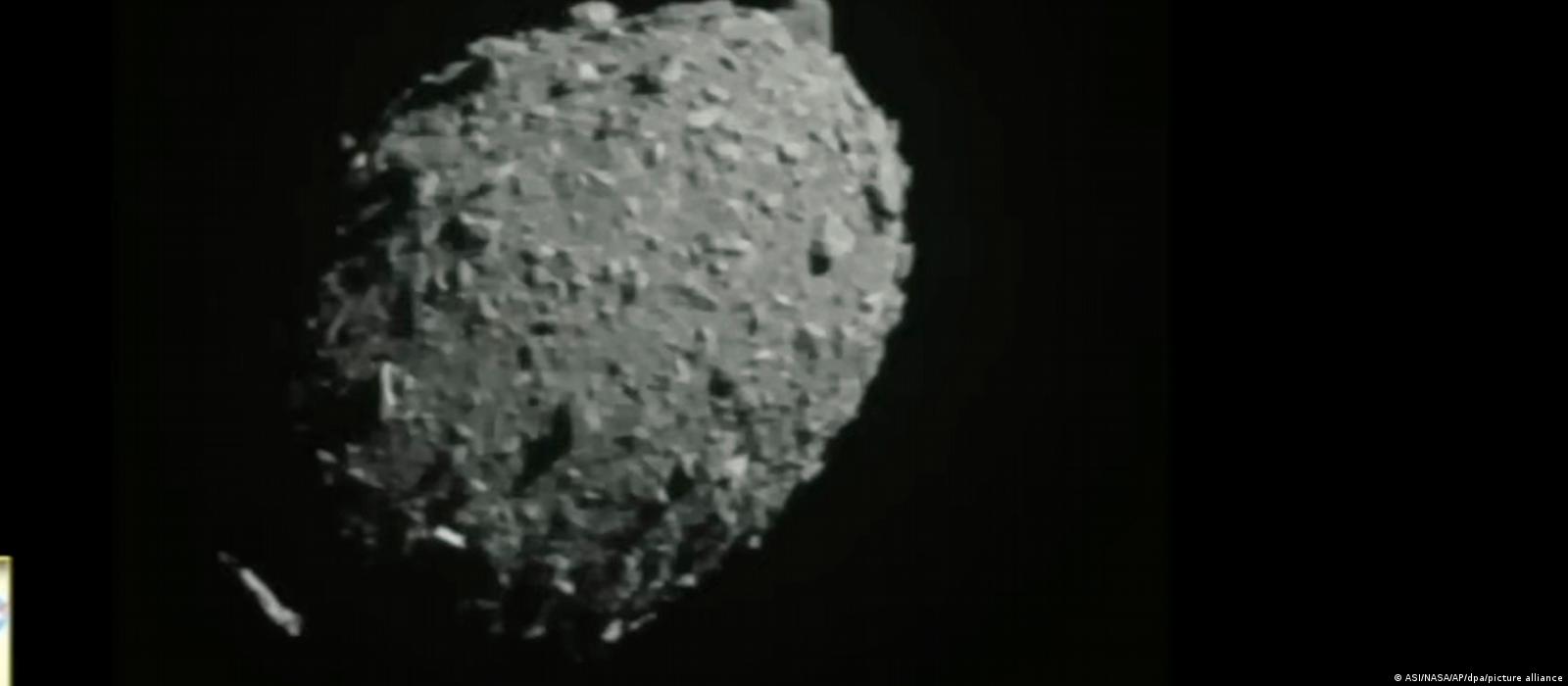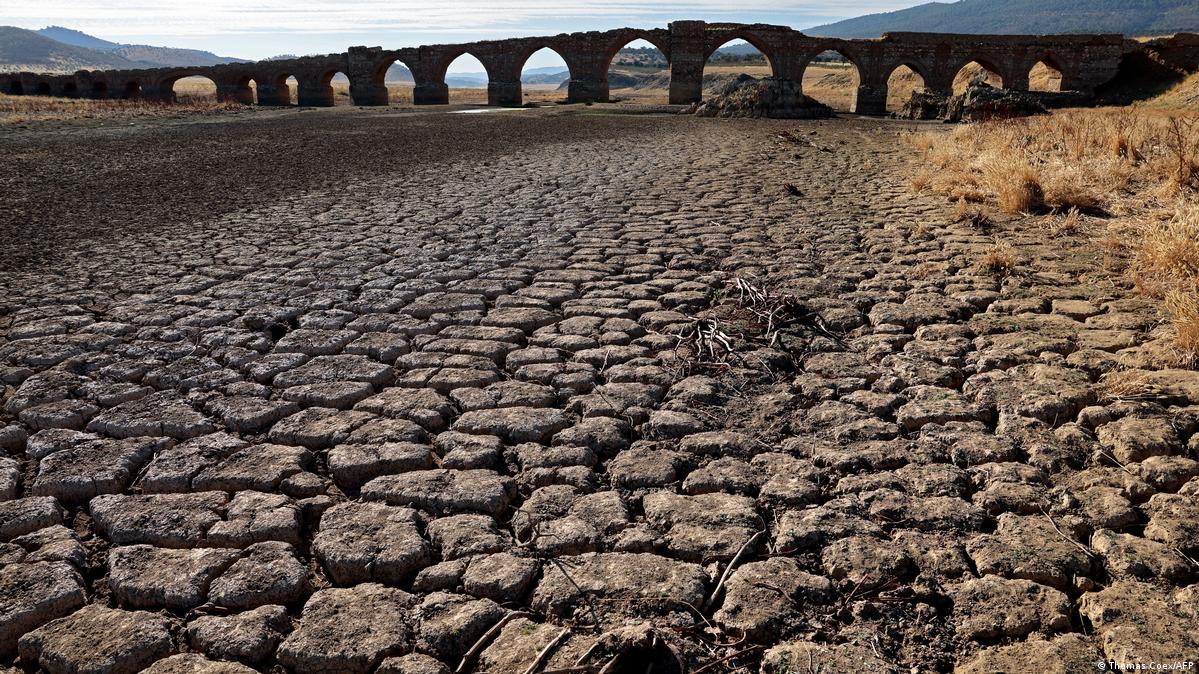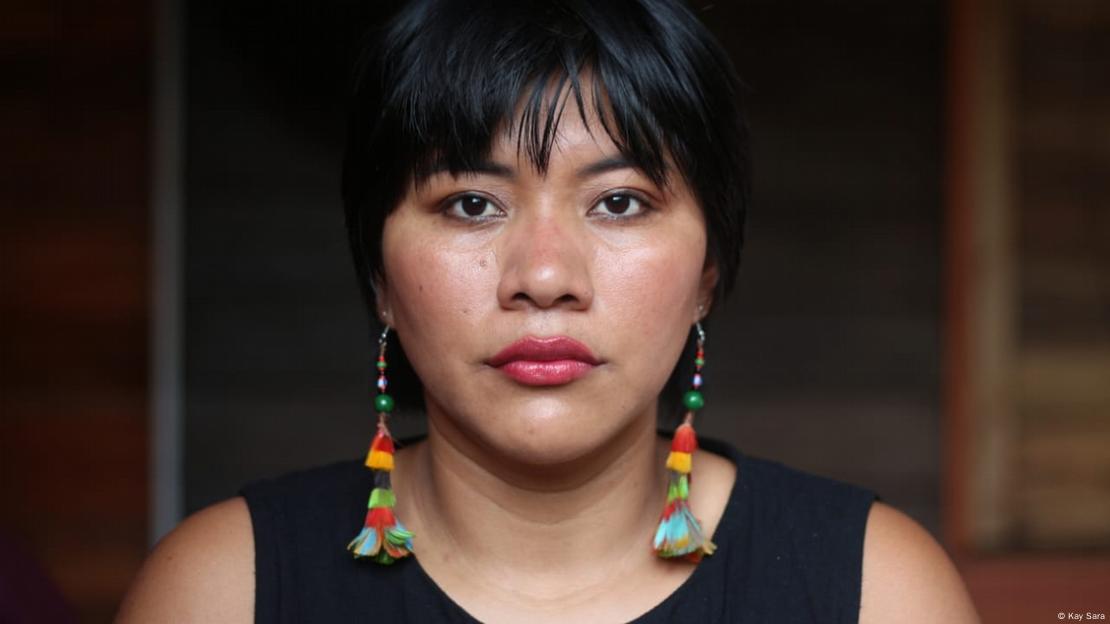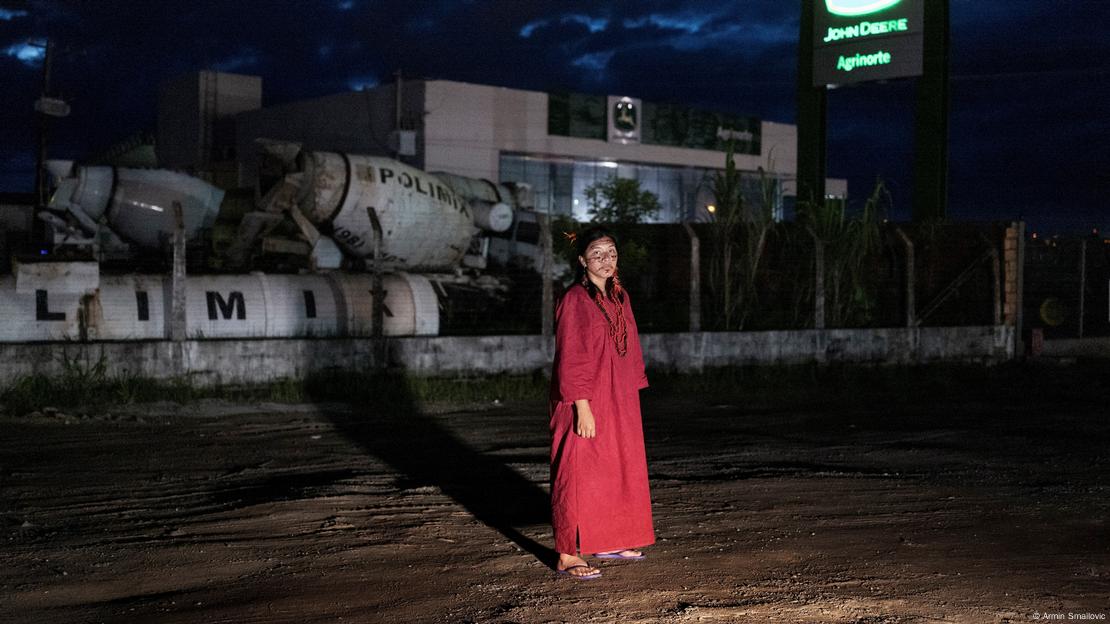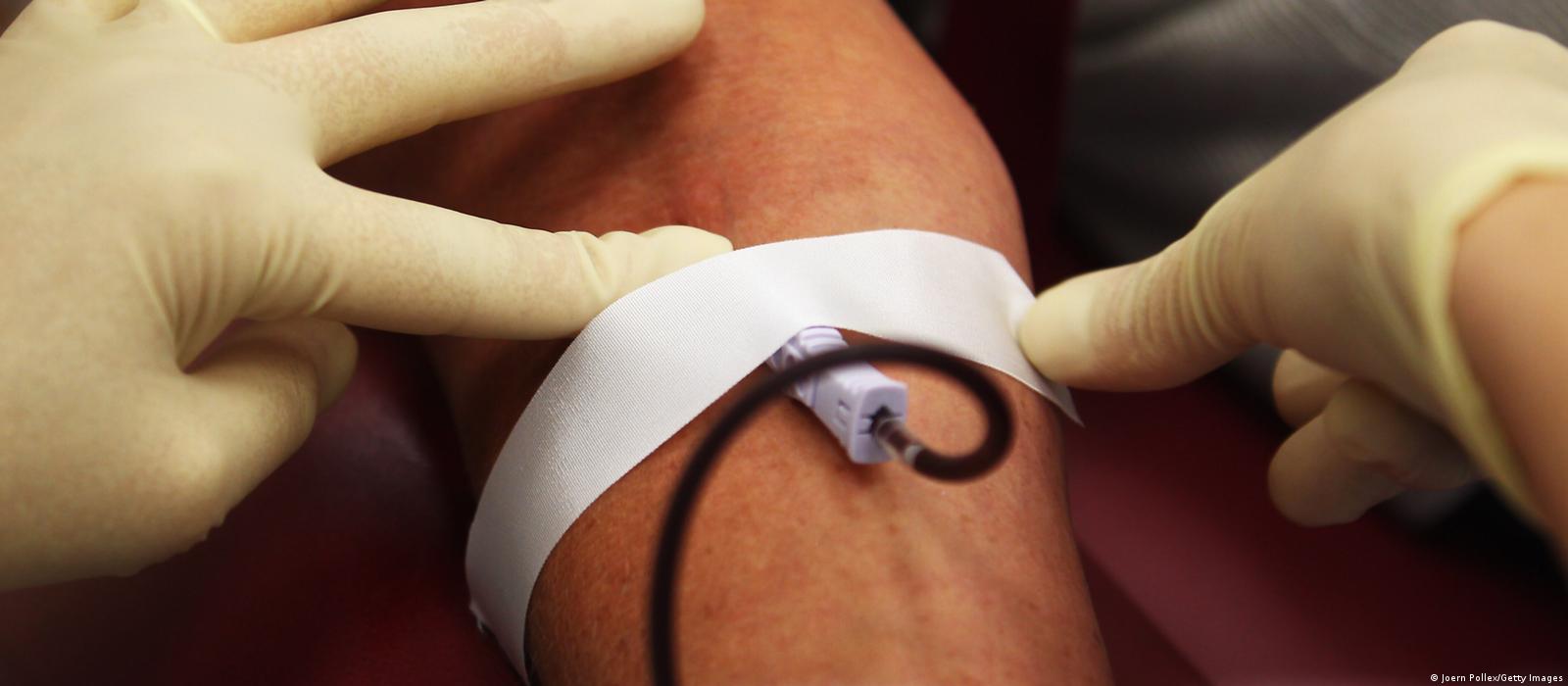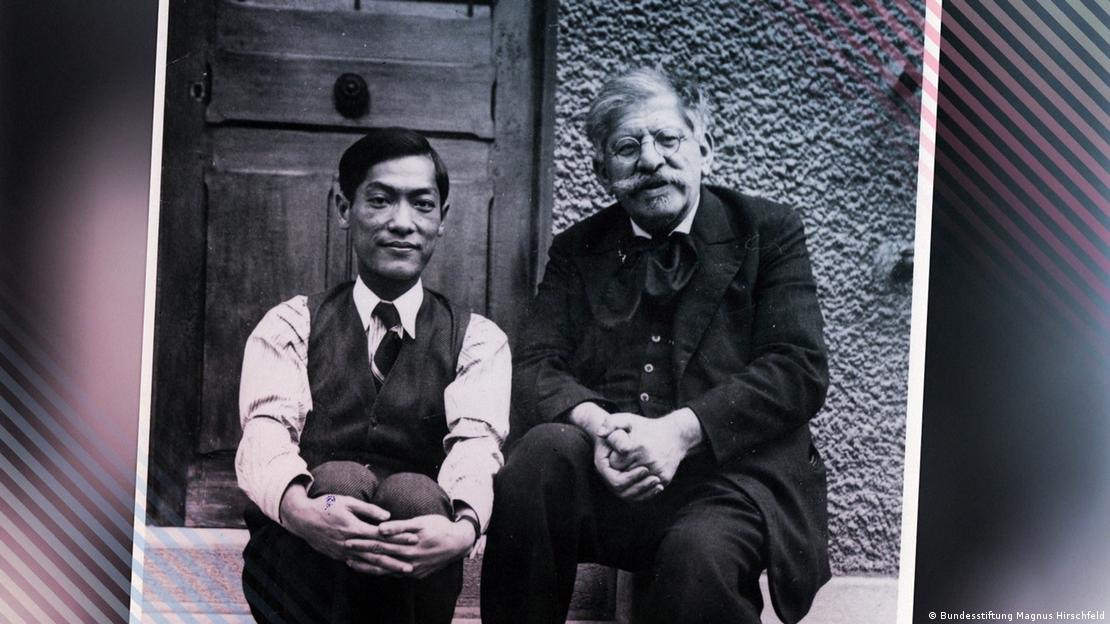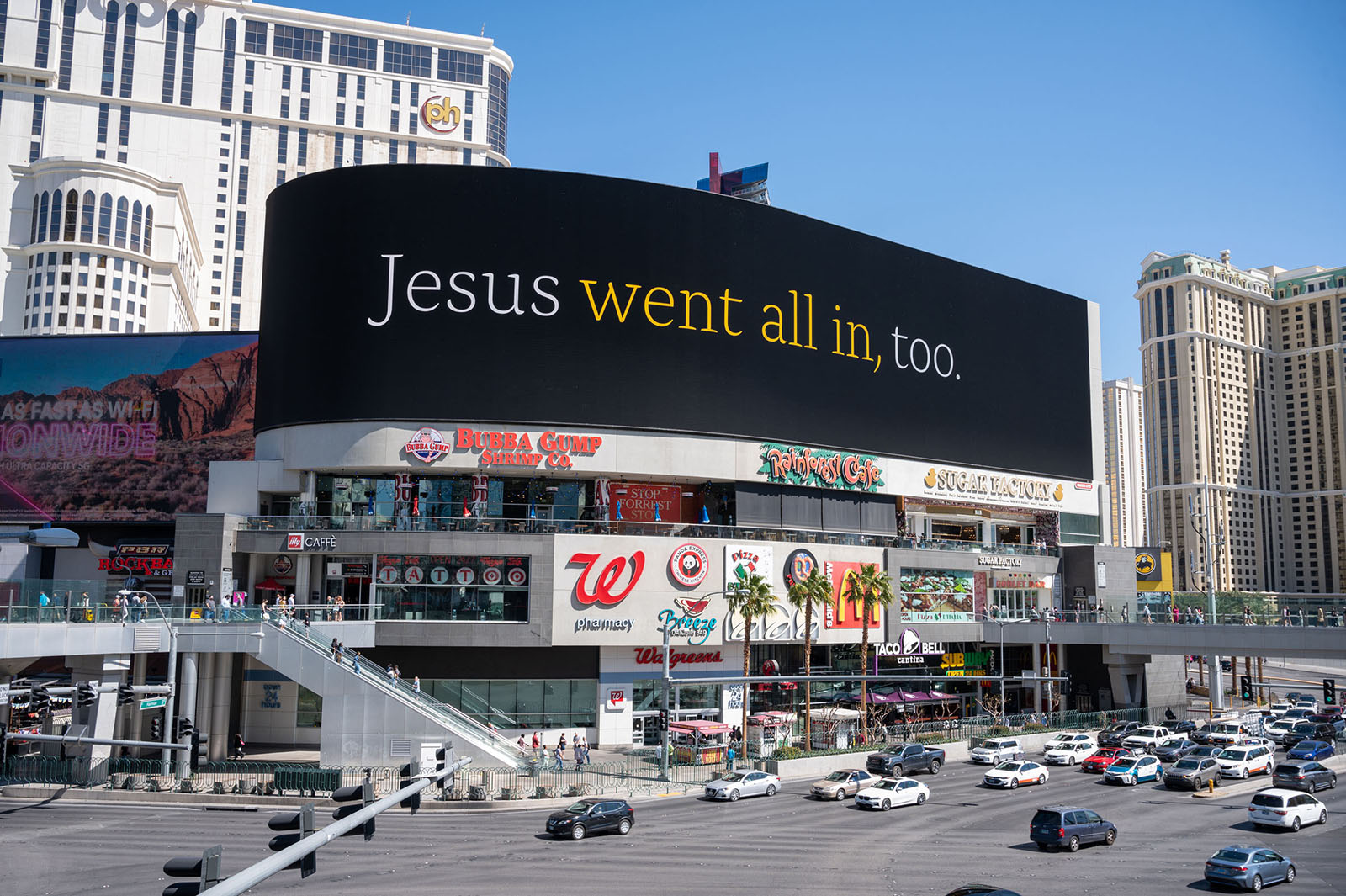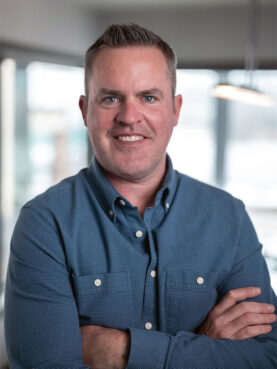
Could tech layoffs spread to rest of US economy?
Nik Martin
12 hours ago
Silicon Valley firms are facing the music, cutting several hundred thousand jobs after years of incredible growth. Economists are divided over whether the US economy is heading for recession and soaring unemployment.
https://p.dw.com/p/4MmP9
First a trickle, then a stream and now a torrent. US tech giants are cutting thousands of jobs almost every day. The darlings of COVID-19 lockdowns have seen their profits squeezed as lives returned to normal after months of staring at screens.
During the pandemic boom times, the headcounts of Microsoft, Google, Amazon and Facebook parent Meta grew bloated due to overzealous hiring as demand for their products and services soared. But as decades-high inflation took hold and operating costs rocketed, Silicon Valley had no option but to trim the fat.
Tech firms have collectively cut more than 330,000 positions over the past 12 months, according to a tally by research platform TrueUp, including nearly 90,000 since the start of this year.
With inflation still stubbornly high, interest rates rising and slowing growth, the natural conclusion is that the tech sector's woes will quickly spread to the wider US economy. But economists have cited several reasons why further layoffs may be limited.
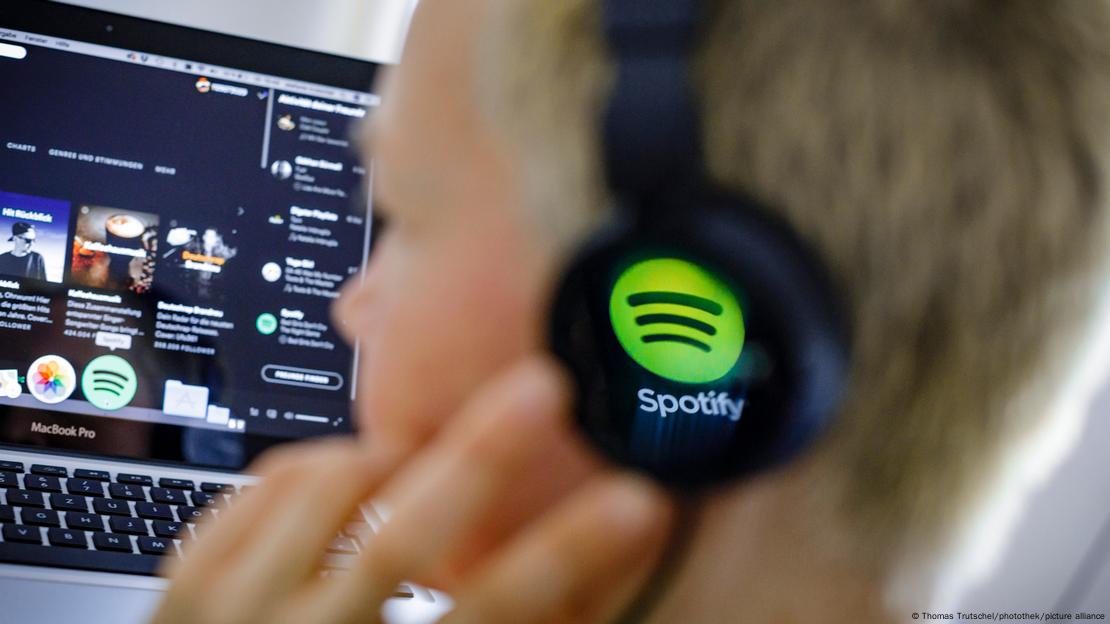
Tech sector 'overhired'
"Employment in the tech sector is up about 8% from pre-pandemic levels, while total employment is just right above pre-pandemic levels," Olu Sonola, head of US Regional Economics at Fitch Ratings, told DW. "This suggests that the sector overhired in 2021 and 2022 … to the tune of about 200,000 to 300,000 jobs."
High-profile names like Twitter, Spotify and Tesla represent the future trajectory of the US economy, so any negative news is more likely to hit the headlines and skew public perceptions. But large numbers of workers across all sectors change jobs every day as the US has one of the world's most flexible labor markets.
"The number of layoffs [across the US economy] every month is about 1.5 million," Karen Dynan, a nonresident senior fellow at the Peterson Institute for International Economics, told DW, versus 30,000 per month in the tech sector. "The [tech] layoffs have gotten a lot of attention, however, their direct effect on overall US employment is limited."

Many tech firms still hiring
While some tech firms have cut positions, many others are still recruiting aggressively thanks to a red-hot jobs market that has left employers across several sectors struggling to fill vacancies and workers demanding higher pay.
A scan of job sites by TrueUp on Friday found more than 179,000 open positions within big tech, startups and so-called unicorns — new privately held firms worth at least $1 billion (€0.92 billion). A survey by ZipRecruit last month found that four out of five fired US tech workers found a new job within three months.
Eight out of the 10 best-ranked jobs in the US are still technology roles — including developers, engineers, and machine learning — according to a ranking by Indeed.com, giving tech applicants the best job prospects in any industry in 2023.
Many of the announced job losses also affect employees outside the US.
Despite inflation, US spending spree continues
Economists are divided over whether the US will enter a recession this year as consumer spending — which accounts for more than two-thirds of US economic activity — remains strong.
Consumption fell slightly in November and December, according to the US Department of Commerce. Credit card debt is also rising — evidence that Americans are having to borrow more to maintain their spending levels, which is likely unsustainable.
A clear sign of a recession would be an increase in overall unemployment, but the jobless figure fell by 0.2% to 3.5% in December. The number of people claiming jobless welfare for the first time hit a historic low last week of 190,000.
Some job losses but no cull
"We are seeing some signs of pressures subsiding in the labor market broadly — wage growth is softening, use of temporary workers is dropping, job openings are starting to come down. So we will probably see layoffs pick up in the labor market generally," Dynan said.
Fitch's Sonola thinks the labor market will "significantly cool" during 2023 but doesn't expect the layoffs in the tech sector to extend to the broader jobs market.
Few analysts expect the same hike in unemployment as during the 2007/8 financial crisis when the US jobless figure reached 7.5%.
"At most, I see unemployment creeping up to 5% from the current historic low of 3.5% in the US," Karin Kimbrough, chief economist at LinkedIn told US television broadcaster CNBC.
Many firms across multiple sectors, including education health care and retail are still struggling to hire new workers. To tempt them, grocery giant Walmart said this month it would hike its wages to more than $17.50 per hour — having already increased pay several times during the pandemic. In 2021, the retailer's starting wage was $12.

Labor market still tight
Rival chains Target and Costco have made similar moves and are seen as unlikely to cut jobs while demand remains strong.
"Companies are very reluctant to let go of workers because they've struggled so much in terms of staffing," Rubeela Farooqi of High Frequency Economics told Agence France-Presse (AFP).
Even with all of the recent layoffs, most tech companies are still vastly larger than they were before the pandemic. Despite announcing 12,000 job losses last week, Google owner Alphabet has hired more than 100,000 staffers since 2018. Amazon's decision to fire 18,000 people, meanwhile, is just a fraction of its 1.5 million global workforce.
The one outlier is Twitter, which culled around half of the social media platform's staff of 7,500 after it was acquired by Elon Musk, the billionaire CEO of Tesla, The downsizing has drawn criticism and praise, with critics warning of falling content moderation standards while Musk said the job losses were necessary to ensure the future of the loss-making platform.
Edited by: Uwe Hessler
